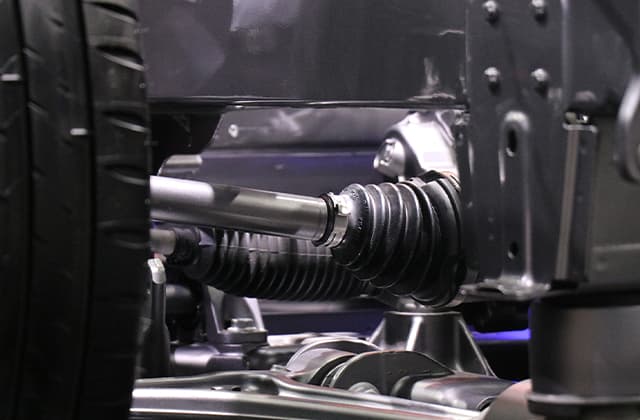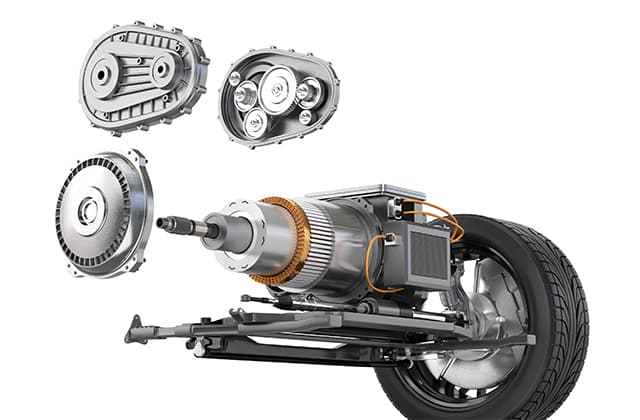CV joints, or constant velocity joints, are located at either end of the drive shaft.
They are responsible for connecting the wheels to the axles and the transmission. The CV joints allowed a smooth power transfer over a broader range of operating angles. Inboard CV joints are often ball-type CV joints and must accommodate the half shaft moving in and out when the suspension operates. The most common inboard CV joints are often tripod-type CV joints. The CV joint close to the wheels, both in front- and rear-wheel drive vehicles, is an outboard or a fixed joint. The primary function of the outboard CV joint is to transmit the power of the drive shaft to the wheels.
Inboard CV joints are typically exposed to more stress and have to handle greater torque loads. On the other hand, outboard CV joints are smaller and more compact. They are closer to the wheels and do not need to handle as much torque. Both types of CV joints are crucial to the overall performance and reliability of the vehicle's powertrain system. They must be regularly inspected and maintained to ensure optimal performance.
Shing Shing Long designs and manufactures inboard and outboard CV joints made from premium carbon steel for vehicles. Our design and quality of inboard and outboard CV joints are durable, efficient, and high-performance. Contact us to discuss your CV joints requirements!







